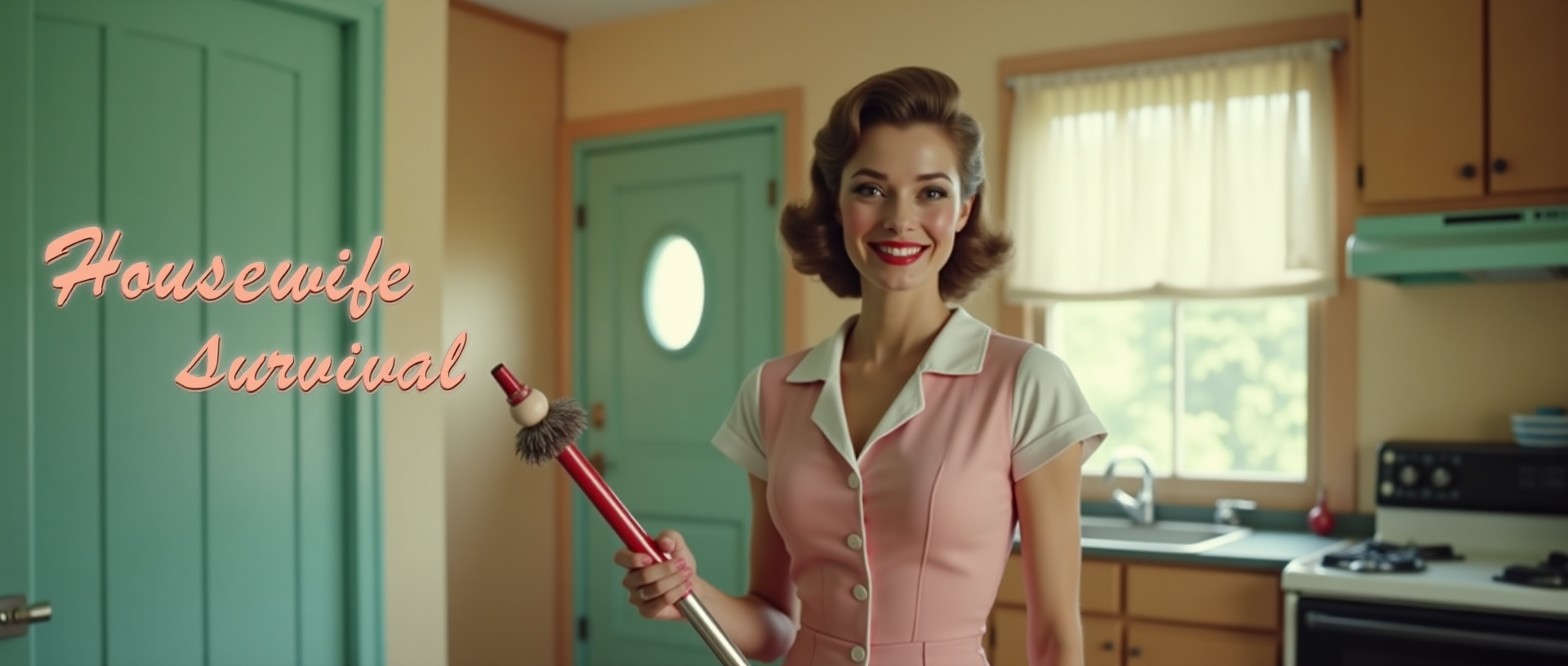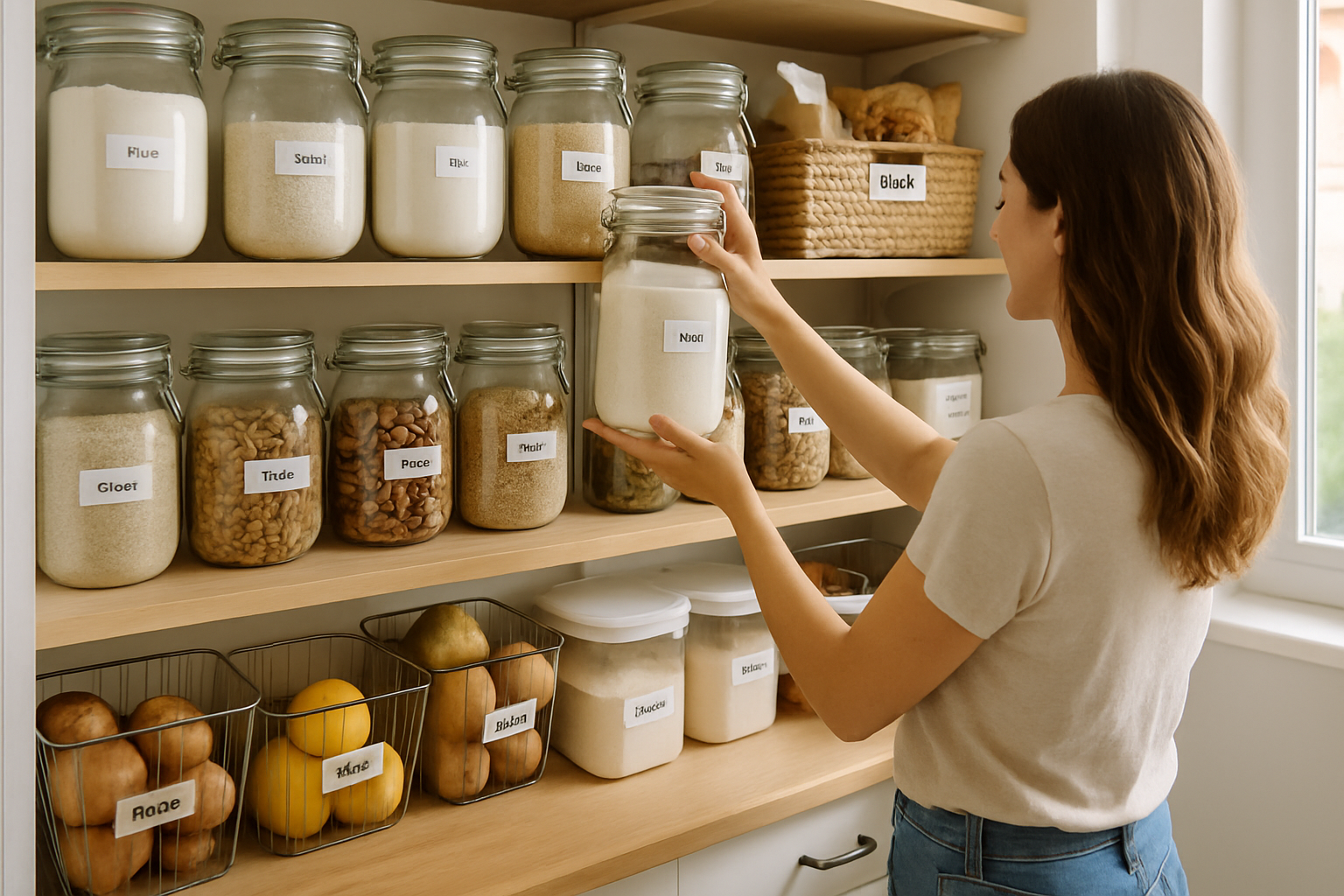Table of Contents
If your family keeps asking “Where’s the…” followed by literally anything that has a home but apparently they’ve all developed selective blindness, this is for you.
You know that special kind of rage that builds when you’ve spent hours organizing everything into perfect little containers, and then your husband stands in front of the pantry like he’s never seen food storage before, asking where the crackers are while literally staring at a bin labeled “CRACKERS”? Or when your kid claims they “looked everywhere” for their soccer cleats while standing two feet from the clearly marked sports bin?
You’ve tried explaining your system. You’ve pointed out where things go approximately 847 times. You’ve even considered skywriting the locations above your storage areas. But somehow your family has collectively decided that reading labels is optional and asking you is easier.
Here’s what saved my sanity: I stopped being subtle about my organization and started using a home labeling system like I’m running a warehouse for people who can’t read minds. This isn’t about creating an Instagram-worthy pantry with cute chalkboard labels – this is about a home labeling system that makes it so obvious where things go that your family can’t pretend they don’t know.
Why a Home Labeling System Is Your Secret Weapon Against Family Amnesia
Look, your family isn’t actually stupid. They’re just really, really good at selective helplessness when it comes to household organization. The minute you implement a home labeling system, suddenly they can’t claim ignorance about where the batteries go or act confused about which bin holds the winter hats.
A good home labeling system is like having a permanent assistant who never gets tired of answering “where does this go?” questions. Your home labeling system eliminates the guesswork, ends the excuses, and most importantly, stops you from being the human Google for your own house.
Plus, when your home labeling system is clearly implemented, you stop getting blamed when people can’t find things. “I looked everywhere for the flashlight!” becomes “Did you check the bin marked ‘Emergency Supplies’ in the obvious place?” Game over.
The Home Labeling System Like Your Sanity Depends On It
1. Start Where the Chaos Lives
Don’t try to implement your entire home labeling system in one weekend like some kind of organization superhero. Start with the places where things disappear most often – probably your pantry, bathroom cabinets, or wherever your kids dump their stuff.
I started my home labeling system in my kitchen because I was tired of everyone asking where basic cooking supplies were while I was trying to make dinner. Nothing says “I’m about to lose it” like being asked where the salt is while you’re juggling a hot pan.
2. Use Words a Five-Year-Old Could Read
Forget trying to sound fancy. Batteries” works better than “Power Storage Solutions.” “Kid Snacks” beats “Nutritional Supplements for Minors.” If your babysitter can’t figure out what goes where based on your labels, you’ve overcomplicated things.
I learned this home labeling system lesson the hard way when I labeled a bin “Miscellaneous Office Supplies” and then spent three months watching everyone dump random crap in there because apparently “miscellaneous” means “junk drawer” in family speak.
3. Make Labels Big Enough for Normal Human Eyes
Those tiny, delicate labels look cute on Pinterest, but they’re useless when your teenager is looking for something at 6 AM with half-closed eyes. If you have to squint to read it, make it bigger.
Trust me, nobody’s going to judge you for having labels that are actually readable. This isn’t a design contest – it’s survival.
4. Don’t Cheap Out on Label Materials
Nothing’s more frustrating than spending time labeling everything only to have the labels peel off after two weeks. Get the good stuff, especially for anywhere that gets humid or gets touched a lot.
I once used cheap labels for my home labeling system in my bathroom and they all fell off during a particularly steamy shower week. Suddenly my family was back to acting like they’d never seen a medicine cabinet before.
5. Add Pictures for the Really Clueless
Sometimes words aren’t enough. If you have small kids or family members who just don’t seem to get it, add a picture. A little drawing of a battery next to the word “Batteries” suddenly makes everything clear.
This also works great for seasonal stuff. A picture of mittens and scarves on the “Winter Accessories” bin eliminates any confusion about whether flip-flops belong there in December.
6. Label the Container AND Where It Lives
Here’s the pro move: label both the bin and the shelf where it goes. When your “Craft Supplies” bin has a matching label on the shelf where it belongs, people can’t put it back in the wrong place and claim they were “helping.”
This also makes it super obvious when something’s missing. Empty shelf space with a label screams “somebody didn’t put this back” louder than any nagging could.
7. Group Things Like a Normal Person Would
Don’t organize like a librarian unless you ARE a librarian. Group things the way your family actually thinks about them. All the cleaning stuff goes together, all the first aid stuff goes together, all the “random crap we need sometimes” goes together.
I tried to get fancy once and separated cleaning supplies by room they’re used in. Big mistake. Nobody wants to remember whether the glass cleaner lives with bathroom supplies or kitchen supplies. It’s all cleaning stuff – put it together.
8. Change Labels When Reality Changes
Your home labeling system will evolve, and your labels need to keep up. That bin that started as “Art Supplies” might become “Homework Stuff” as your kids get older. Don’t let outdated labels turn your organization into a confusing mess.
I still have a bin labeled “Baby Toys” even though my youngest is eight. Guess what’s not in there anymore? Now it’s full of Pokemon cards and fidget spinners, which explains why nobody can find anything.
What This Home Labeling System Actually Looks Like in Real Life
After I implemented my home labeling system, magical things started happening. My husband stopped asking where we keep the extra lightbulbs. My kids stopped claiming they couldn’t find clean towels. The babysitter could actually help with cleanup instead of just leaving everything on the counter.
The best part of my home labeling system? When people DO ask where something is, I can just point and say “read the labels.” It sounds bitchy, but it works, and eventually they stop asking because they know what I’m going to say.
When Your Home Labeling System Doesn’t Work
Sometimes your family will resist the home labeling system because change is hard and being helpless gets them attention. Stick with it. The home labeling system works, but the people need training.
Also, don’t go crazy with your home labeling system and label every single thing in your house. Nobody needs a label on the toilet paper holder. Use your judgment and focus on things that actually get lost or misplaced.
The Real Talk
Will a comprehensive home labeling system turn your family into organized people who never misplace anything? No. But it will eliminate their ability to claim they “didn’t know where it goes” when they dump stuff wherever.
You’ll still find things in wrong places sometimes, but now you’ll have evidence that they ignored clear instructions rather than just being confused. It’s petty, but it’s satisfying.
I’ve been living with my home labeling system for two years now, and while my family isn’t perfect, they’re significantly less helpless. My stress levels dropped dramatically once I stopped being the information desk for my own house.
The Bottom Line
Create a home labeling system for everything that gets lost, misplaced, or “put away” in weird places. Use simple words, make them big enough to read, and don’t apologize for making your organization obvious.
Your home labeling system isn’t decoration – it’s communication tools that work when you’re not there to answer questions. And honestly? Sometimes a good home labeling system works better than actually talking to your family about where things go.
Because life’s too short to spend it explaining where the scissors are for the 400th time when a simple label could have prevented the question in the first place.

